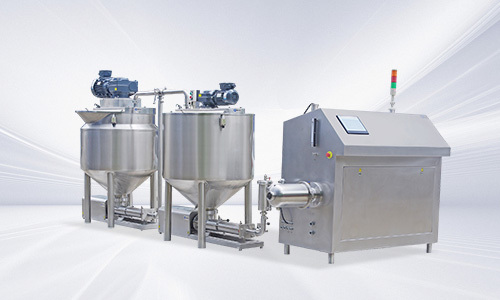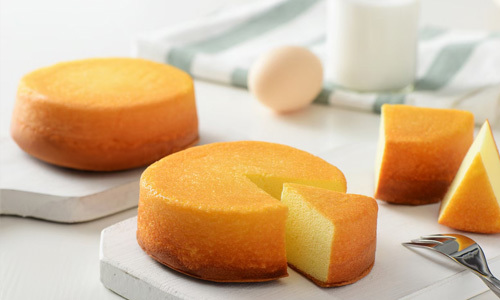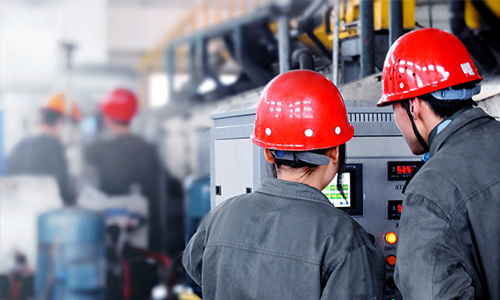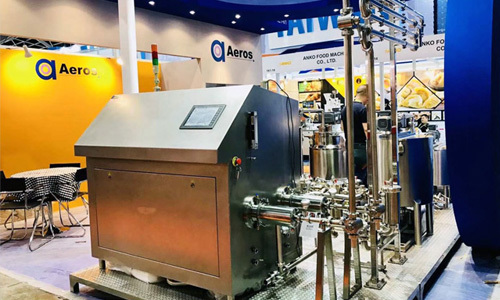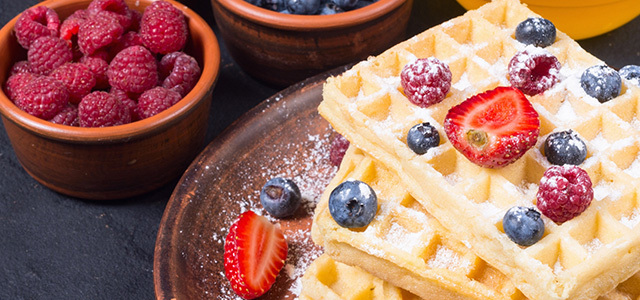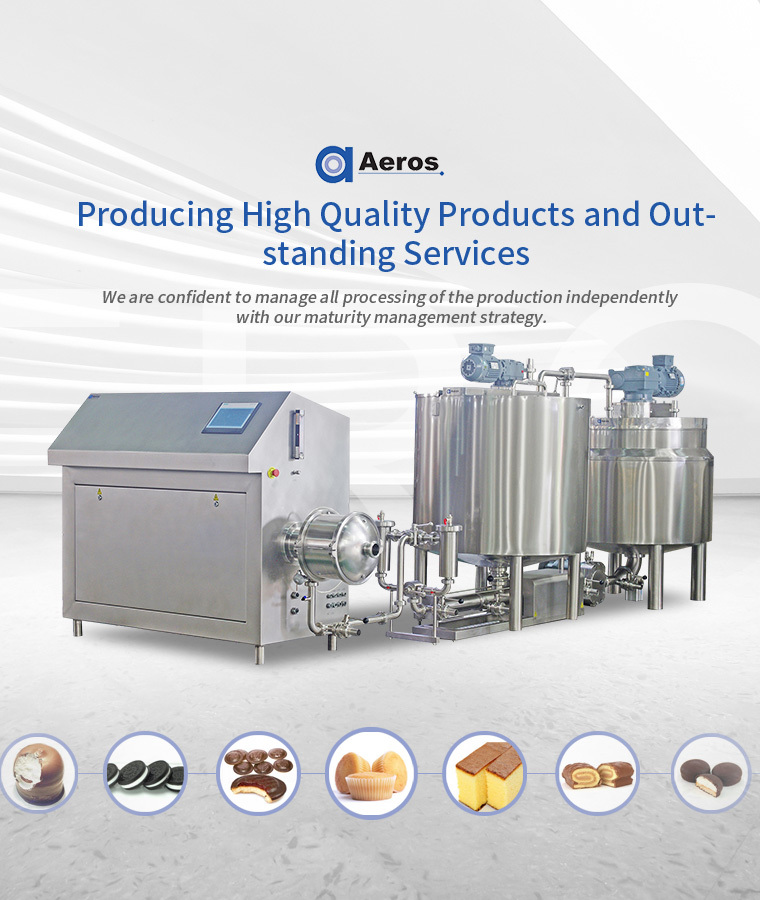Revolutionizing Snack Production: The Role of Food Processing Lines

2025/06/06
Revolutionizing Snack Production: The Role of Food Processing Lines
Introduction to Snack Production
In recent years, the snack food industry has witnessed a significant transformation, driven by advancements in technology and consumer demand for variety and quality. **Food processing lines** have become the backbone of this revolution, allowing manufacturers to produce snacks efficiently while meeting modern standards of quality and safety. We delve into the critical role these processing lines play in the manufacturing of snacks, particularly in the sectors of food and beverage machinery.
The Evolution of Snack Production Techniques
Over the decades, snack production has evolved from manual processes to highly automated systems. Initially, it was about small-scale operations where artisanal methods were the norm. However, as demand surges, manufacturers have turned to food processing lines to scale up production and reduce labor costs.
1. Early Snack Production Methods
Historically, snacks were made using basic methods such as frying and baking without the use of sophisticated machinery. This meant longer production times and limited scalability. **Artisans** relied heavily on manual labor, which often resulted in inconsistencies in product quality.
2. The Advent of Automation in Snack Production
With the emergence of the **industrial revolution**, food processing machinery began to take shape. The introduction of machines like **extruders**, **fryers**, and **ovens** allowed for faster production rates while maintaining quality. Automation has drastically reduced reliance on manual labor, enabling companies to focus on innovation.
Understanding Food Processing Lines
Food processing lines are essential components in the snack production process, integrating various machinery and technology to streamline operations.
1. Components of a Food Processing Line
A typical food processing line for snacks includes:
- **Ingredient feeders**: For precise measurement and mixing of components essential in creating snacks.
- **Extruders**: For shaping the snack products by forcing mixed ingredients through a die.
- **Ovens and fryers**: For cooking, where temperature control is vital for achieving the desired texture and flavor.
- **Cooling systems**: Essential for maintaining product integrity post-cooking.
- **Packaging machines**: For efficient sealing and branding while ensuring product freshness.
2. Benefits of Using Food Processing Lines
Utilizing food processing lines in snack production offers several key benefits:
- **Increased Efficiency**: Automated lines can significantly boost production rates, minimizing downtime between processes.
- **Consistency in Quality**: Advanced machinery ensures uniformity in product size, texture, and flavor.
- **Reduced Labor Costs**: With automation, the need for manual labor decreases, allowing companies to invest in technology rather than workforce expansion.
Innovative Technologies Enhancing Snack Production
The integration of innovative technologies has further revolutionized the snack production process.
1. Robotics and Automation
Modern food processing lines employ various forms of robotics to enhance production efficiency. **Robotic arms** handle packaging, while **automated guided vehicles (AGVs)** transport materials throughout the production area. By reducing human error, these technologies ensure high precision and reliability.
2. IoT and Smart Manufacturing
The Internet of Things (IoT) has made its way into food processing, allowing for real-time data collection and analysis. Manufacturers can monitor equipment performance and product quality remotely, making adjustments on-the-fly to prevent production bottlenecks.
3. Sustainable Practices in Snack Production
Modern consumers are becoming increasingly aware of environmental impacts. Food processing lines now incorporate sustainable practices such as:
- **Energy-efficient machinery**: Reducing carbon footprint.
- **Waste recycling systems**: Minimizing by-products and ensuring they are reused or repurposed.
Case Studies: Successful Snack Production Lines
Examining successful implementations of food processing lines in the snack industry can provide insight into best practices.
1. Case Study: A Leading Potato Chip Manufacturer
One leading manufacturer adopted a fully automated production line, which increased their production efficiency by 30%. By integrating IoT technology, they could track and optimize energy usage in real time, leading to significant cost savings.
2. Case Study: Healthy Snack Innovators
A company specializing in health-conscious snacks employed advanced extrusion technology to create unique textures and flavors while maintaining nutritional integrity. Their processing line features a combination of automated systems and manual quality checks, ensuring high standards are met.
Challenges Faced in Snack Production
Despite the advancements, snack production lines face various challenges that need addressing.
1. Maintenance and Downtime
One of the critical challenges is maintaining the processing line to prevent unexpected downtimes. Regular maintenance schedules and training for staff on troubleshooting equipment can mitigate these risks.
2. Regulatory Compliance
Compliance with health and safety regulations is paramount in food production. Companies must ensure that their processing lines meet stringent guidelines set by health authorities, which requires ongoing training and updates to technology.
The Future of Snack Production Lines
Looking ahead, the future of food processing lines in snack production appears promising. As technology continues to evolve, we anticipate even greater levels of automation, efficiency, and sustainability.
1. Advancements in Artificial Intelligence
AI is expected to take a more prominent role in predictive maintenance and quality control, ensuring that production lines operate seamlessly with minimal human intervention.
2. Greater Focus on Customization
Consumer preferences are shifting rapidly. The future processing lines will likely have enhanced capabilities to produce a broader range of snacks quickly, catering to specific dietary needs and flavor profiles.
Conclusion
Food processing lines are undoubtedly at the forefront of revolutionizing snack production. By incorporating advanced technologies and adhering to sustainable practices, manufacturers can meet the ever-growing demand for high-quality snacks. As we look to the future, continued innovation in this sector will not only enhance efficiency but also foster a more sustainable approach to food manufacturing.
FAQs
1. What are the main components of a food processing line for snacks?
The main components include ingredient feeders, extruders, ovens or fryers, cooling systems, and packaging machines.
2. How has automation changed snack production?
Automation has increased production efficiency, reduced labor costs, and ensured consistency in product quality.
3. What technologies are currently shaping snack production?
Innovative technologies include robotics, IoT, AI, and energy-efficient machinery.
4. What challenges do snack manufacturers face with food processing lines?
Challenges include maintenance and downtime, as well as ensuring compliance with health and safety regulations.
5. How can companies ensure sustainability in snack production?
Companies can implement energy-efficient practices, waste recycling systems, and use sustainable materials in packaging.
By adopting a forward-thinking approach and leveraging innovations in food processing lines, the snack production industry is set to thrive, ensuring quality snacks are available for consumers worldwide.
Food processing lines
Next Page


